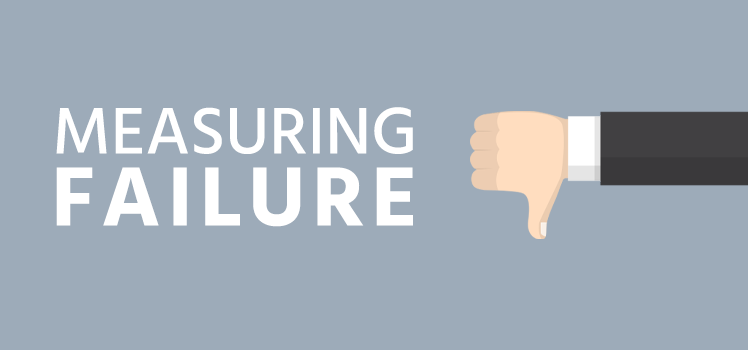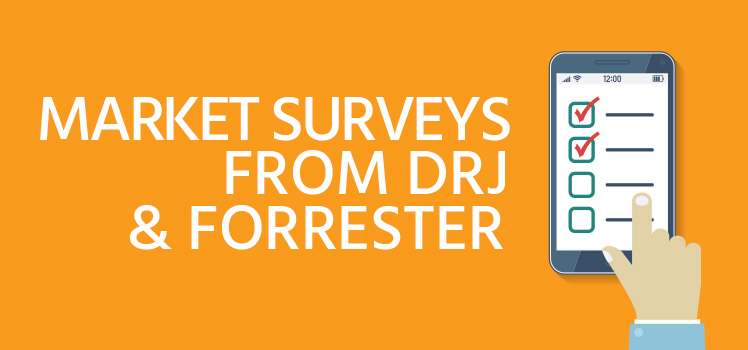VoIP Disaster Recovery
Disaster recovery (DR) planning is essential for active businesses. We’ve written a lot about it here on this blog. Usually it’s about internet services and websites and data services. But what happens if your phone system goes down? That can be a real disaster too. And it’s especially vulnerable now that many businesses have moved to voice over IP (VoIP). In this case, when your internet goes down so does your phone system. Unless, of course, you have carefully integrated your VoIP vulnerabilities into your robust disaster recovery plan.
So what do you do about VoIP when the internet goes down? Panic is not the answer. A little research on our part turned up some ideas that you might want to add to your disaster plan. We’ve come up with a growing list of solutions that may be interrelated or stand on their own. We’ll make a few comments on each one, and you can follow up on your favorite ideas. You may even come up with others on your own.
- Mobile-Ready VoIP
- Disaster Recovery Routing
- Separate Internet Service for VoIP
- Backup Internet Service Provider
- Cellular Provider Router as Backup
- Redundant Cable to Internet
- Hosted PBX Backup
- POTS Backup
- Network Failover in the Cloud
- Backup Power
- Conclusion
Mobile-Ready VoIP
Every VoIP service provider should have built-in redundancy, call continuity features and disaster recovery. But in our article today we’re talking about going above and beyond these built-in redundancies to cover the event when your VoIP provider has their own disaster. If you’re interested in learning more about redundancy, check out our article call “Redundancy: When Too Much is Just Right”.
Every VoIP service provider should have built-in redundancy, call continuity features and disaster recovery.
Suffice it to say that it makes sense to have a backup in just about any situation. The ubiquity of mobile phones makes them the perfect backup solution for VoIP. When the VoIP system goes down, the provider may have multiple options for redirecting incoming calls. With mobile-ready VoIP, you may want to set it up so that all calls go to a key player who knows how to field many inquiries. So you may have all calls programmed to go to the owner, manager, or receptionist when you lose your internet service.
Disaster Recovery Routing
We’re using this term to refer to a simple transfer of calls to another location. If you have an international business with call centers in multiple locations — Germany and the U.S., for instance — you may set up your system so that unsuccessful inbound calls at one call center are automatically routed to the other one. Many telecom providers use follow-the-sun, which means the night shift in the U.S. is covered by co-workers in Europe (so everyone gets to sleep!). The system could also be set up as a failover if the other center is manned. The same could apply to company branches or headquarters either nearby or across the world.
Separate Internet Service for VoIP
Some businesses like the idea of keeping their VoIP separate from their normal data traffic. It may be easier to manage that way given the different priorities that voice and data may have within the business framework. For whatever reason, the connections carrying the VoIP may become unavailable. It may be that there is a spike in traffic or a connectivity issue somewhere along the data path. When that happens, a properly configured system would automatically fail over to the other connection, and there would be no loss of calls.
Backup Internet Service Provider
But having an alternate connection from the same internet service provider (ISP) won’t help when all the connections from that provider go down. In that case, a backup ISP can save the day. The problem is that this can be a bit expensive. One way to keep the costs down is to purchase a backup link that has lower bandwidth. Or you might be able to get a special deal from an ISP when you tell them that it is for backup purposes only. Another solution might be to combine the concepts of separate connections and a backup ISP. You might set up one link for VoIP and a second for data from your primary ISP, then add a second ISP as your disaster recovery backup. This gives added redundancy.
Cellular Provider Router as Backup
Here is an idea that you may not have thought of. Normally your VoIP will run on internet that is brought to the business on cables. It might not be a good idea to count on a wireless cellular connection as a primary service. But it might be just the right solution for an economical backup. If you set up a router from your cellular provider, it could be used as a backup connection for your VoIP phones. You may need to configure a multi-WAN device to make this happen, but you can work out the technical details without much trouble.
Redundant Cable to Internet
It may not have dawned on you that a loss of internet could be the result of the failure of your own cabling. Telecom engineers like to talk about “demarcation points”. These are imaginary points of separation between the responsibility of the telecom company and the responsibility of the customer. If the cable going from the provider’s internet to your VoIP network is broken, it may be all on you. To anticipate this potential problem, you may want to install a separate physical cable from the demarcation point into your VoIP system for redundancy.
Hosted PBX Backup
You may not have even heard of a hosted PBX, but it’s definitely an option that you should consider. The main difference between a hosted PBX and your VoIP (on-premise IP-PBX) is that with VoIP you have your own equipment onsite within your own building. You control it, configure it, and manage it. You can read more about the differences between the two setups here. A hosted PBX doesn’t solve all your problems when the internet goes down. An employee sitting at his desk still won’t be able to receive calls on his VoIP system with this solution. But a hosted PBX will be able to take over functions such as menu options and voicemail. Individual employee extensions could be programmed so that they mirror your in-house VoIP system. In this case, calls to a certain extension may go to an employee’s voicemail or be redirected to his cell phone. Each extension could have its own failover.
POTS Backup
If you really want a completely out-of-band disaster recovery solution, it’s hard to beat the plain-old-telephone-system (POTS). Since the formation of Ma Bell, traditional phone companies have proven to be faithful and reliable. Ok, everyone is leaving them in droves with the advent of mobile phones and VoIP. But they’re still around. Set up a standard phone line as the backup for your VoIP and when your internet goes down no one will be the wiser except for the fact that you may need more than one line if your call volume is high.
Network Failover in the Cloud
This solution may seem a bit more technical and mysterious than the others, but it’s something to consider. We have several articles on load balancing on this blog, such as this 2017 post. A cloud-based network failover solution works as a traffic cop, directing traffic to make sure it moves smoothly. It uses its intelligence to distribute the data traffic load. Another thing it can do is manage a failover. VoIP runs on SIP traffic. Not to get too technical, but SIP stands for session initiation protocol. Load balancers can help manage your SIP data — in other words, your voice-over-IP connections.
A cloud-based network failover solution works as a traffic cop, directing traffic to make sure it moves smoothly.
Backup Power
Ok, this is not exactly what you might think of when you talk about the internet going down. But when your power is out, you lose everything. Does anyone remember the old days of bulky black phones with ring dials? If you do, you might remember that when the power went out at your house during a storm — wonder of wonders — the phone still worked! You could make calls in the dark, maybe ask your friends down the street if their power is out too. Not so today. With VoIP, no power means no phones. Of course, that won’t be a problem if you have backup power. Not every company can afford a huge backup generator. But a device called an uninterruptible power supply (UPS), or several of them, could get you through until the power returns.
Conclusion
Now you have plenty of ideas for dealing with an internet-related loss of VoIP. Depending on how critical your voice communication is, you may want to implement one of them or a combination of solutions. Keep in mind that some are more robust than others. Think about what you really need. Do you always have to have caller ID, call forwarding, call waiting, call transfer, and other features? Or can you simply redirect all incoming calls to a single person? At least be glad that you have options.
 What is an Application Delivery Network?
What is an Application Delivery Network?  Global Server Load Balancing (GSLB)
Global Server Load Balancing (GSLB)  Measuring Failure
Measuring Failure 


